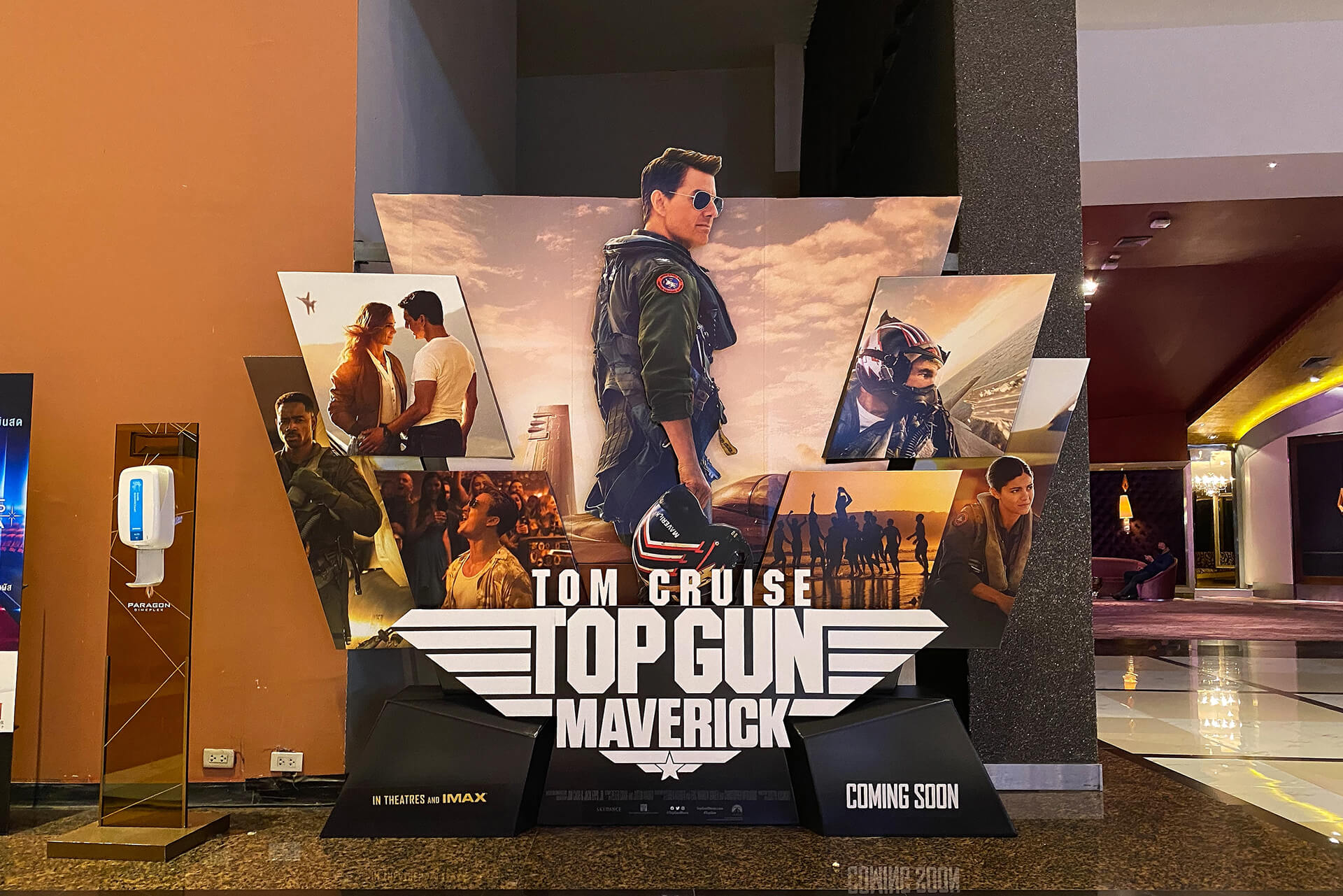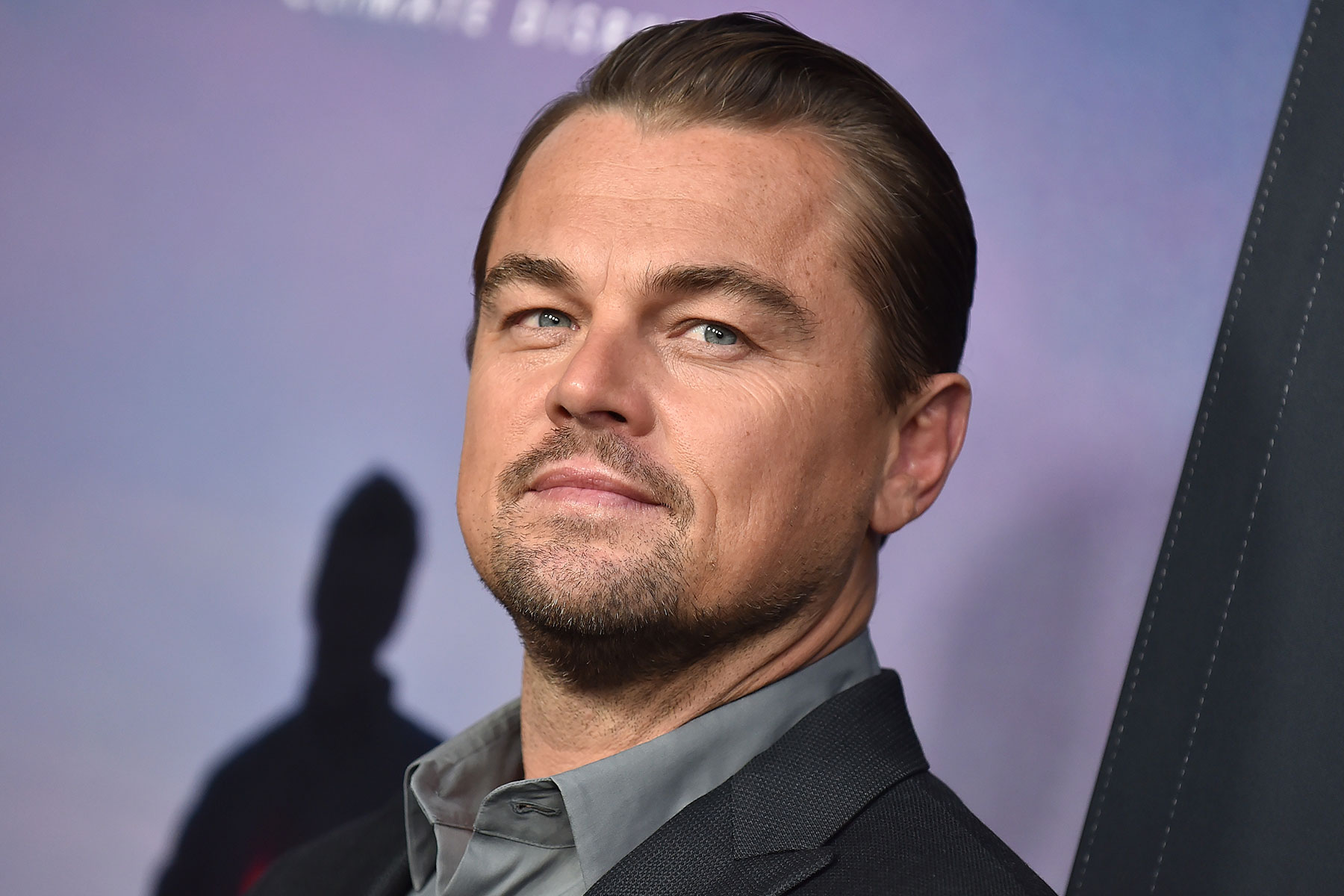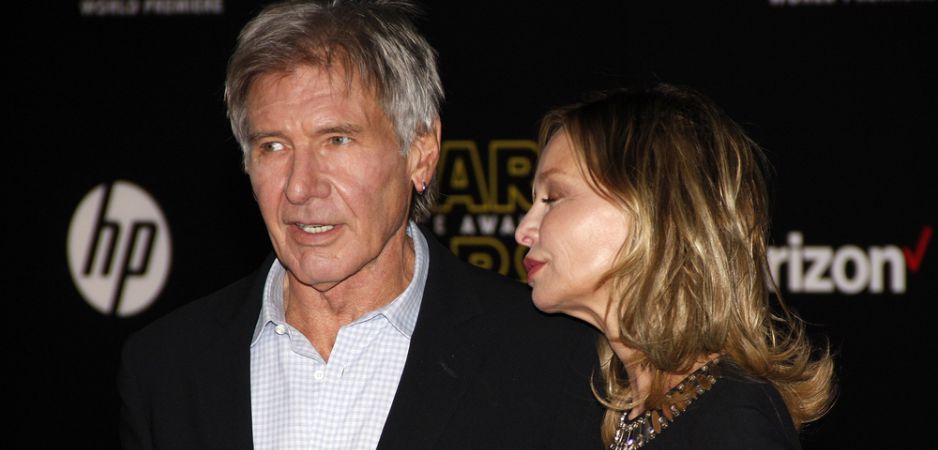“Revvin’ up your engine
Listen to her howlin’ roar
Metal under tension
Beggin’ you to touch and go
Highway to the Danger Zone
Ride into the Danger Zone”
Danger Zone, the adrenalin-pumping title song of the original Top Gun film, spawned a whole generation of American patriots willing to do or die for their country. Perhaps no other film has done more for American patriotism than Top Gun. Those were heady days, before Iraq, before 9/11 and before COVID-19, when America was seen as invincible and immortal – the quasi-mythical “shining city upon a hill.” In those heady days, everyone wanted to be American. The duo of Don Simpson and Jerry Bruckheimer saw the future in Tom Cruise, a fresh-faced actor in his early 20s, and the rest as they say, is history.
Today, when America is at its nadir – in the wake of a devastating pandemic, hamstrung by a bumbling, senile president and benighted by two major powers waiting to take its place – along comes Hollywood to the rescue, with its most unabashedly nationalistic film to date: Top Gun Maverick. Audiences around the world have been tearing up at the big sweeping emotions and glorious old Hollywood spectacle unfolding on celluloid, and the box office is testimony to their enthusiasm. The film has become one of the highest grossing films of all time, earning over a billion dollars in revenues.
Patriotism on Steroids
The dream team of director Joseph Kosinski and Tom Cruise deliver the goods with a fiercely patriotic visual extravaganza. So immersive is the film and so persuasive its message – that America is the greatest country on earth – we cannot help but go along for the ride. The aerial combat choreography is mindblowing. The viscerally gripping action sequences propel you into the cockpit. You experience what the pilots are going through at high G-forces, like you’re actually in the aircraft with them- because you are – the actors had to go through rigorous flight training and flew real fighter jets during filming.
In an early scene, we see a rear admiral commenting on Maverick’s penchant for taking risks, saying, “Despite your best efforts you refuse to die.” He wonders why Maverick hasn’t been promoted: “You should at least be a two-star admiral by now. Yet here you are, captain. Why is that?” “It’s one of life’s mysteries, sir” comes Maverick’s deadpan reply.
Cruise was in his early 20s when he played Pete “Maverick” Mitchell in the original Top Gun – a ballsy young navy pilot with the Kawasaki motorcycle and the need for speed. In his latest avatar, he’s 25 years older, but as cocky and irreverent as ever. In a nail-biting opening sequence, Maverick pushes a fifth generation fighter beyond Mach 10 (ten times the speed of sound), earning his laurels as ‘the fastest man alive’. The aircraft engines catch fire and it plummets to the ground, almost killing Maverick in the process. Partly as punishment, and in part because he is seen as the perfect candidate for the job, Maverick is ordered to return to Top Gun, the elite pilot-training school, to train a group of ace pilots for what seems like a suicide mission.
What follows is a dazzling spectacle of high octane patriotism: America’s best and brightest put everything on the line – while engaging in some of the most exhilarating aerial combat ever filmed – to take out an enemy base, and come back victorious after narrowly escaping the jaws of death.
Part of a Longstanding Pattern
Like other films and TV shows in the genre – American Sniper, Homeland, Patton, Charlie Wilson’s War, Argo, Hacksaw Ridge, Saving Private Ryan, Independence Day – Top Gun Maverick embellishes the idea of America as a keeper of the peace, a paragon of freedom and upholder of the “rules based order.” The truth, however, is very different. The US, through its national security apparatus – the Pentagon, CIA and NSA, and their media assets – will go to any lengths to maintain its cultural and political hegemony. This includes demonizing popular foreign leaders, imposing crushing sanctions on countries that step out of line, sponsoring coups and death squads, toppling elected leaders, installing puppet regimes and trafficking narcotics on an unprecedented scale as in the Iran-Contra affair.
Some commentators both in India and the West, habitually dub films like Top Gun Maverick as state propaganda” – which has a ring of truth – but these films can also be seen as a powerful means to unify fragmented populations and boost morale during uncertain times. They also polish the image of a brutal and deeply flawed civilization, giving it an imprimatur of greatness that belies its bloody past. No single entity has done as much to imprint the image of America as the “land of the free and home of the brave” upon billions of minds than Hollywood. Nationalism, in the context of Hollywood tent-pole cinema, is projected and perceived as social service of the highest order.
Lessons for India
If Hollywood can succeed in branding America as the greatest nation on earth, there’s no reason why the Indian film industry – with its world-class technical talent and increasingly huge budgets – cannot do the same.
Not only can Indian films expose the world to this ancient civilization’s mind-boggling mythological and historical wonders, they can also dispel obsolete colonial tropes about the nation. The world’s largest democracy can no longer be defined solely by its squalor, corruption and social inequities, just as America is not depicted exclusively as the land of endemic racism, slavery, genocide and nuclear Armageddon. As such, Bollywood must also make films keeping larger global audiences in mind – like the wildly successful Telugu film RRR – rather than pandering to smaller demographic slices that are anyway turning to mainstream international fare in larger numbers than ever before. Otherwise, Bollywood risks completely irrelevance.
The views expressed in this article are the author’s own and do not necessarily reflect Fair Observer’s editorial policy.
For more than 10 years, Fair Observer has been free, fair and independent. No billionaire owns us, no advertisers control us. We are a reader-supported nonprofit. Unlike many other publications, we keep our content free for readers regardless of where they live or whether they can afford to pay. We have no paywalls and no ads.
In the post-truth era of fake news, echo chambers and filter bubbles, we publish a plurality of perspectives from around the world. Anyone can publish with us, but everyone goes through a rigorous editorial process. So, you get fact-checked, well-reasoned content instead of noise.
We publish 2,500+ voices from 90+ countries. We also conduct education and training programs
on subjects ranging from digital media and journalism to writing and critical thinking. This
doesn’t come cheap. Servers, editors, trainers and web developers cost
money.
Please consider supporting us on a regular basis as a recurring donor or a
sustaining member.
Support Fair Observer
We rely on your support for our independence, diversity and quality.
Will you support FO’s journalism?
We rely on your support for our independence, diversity and quality.






